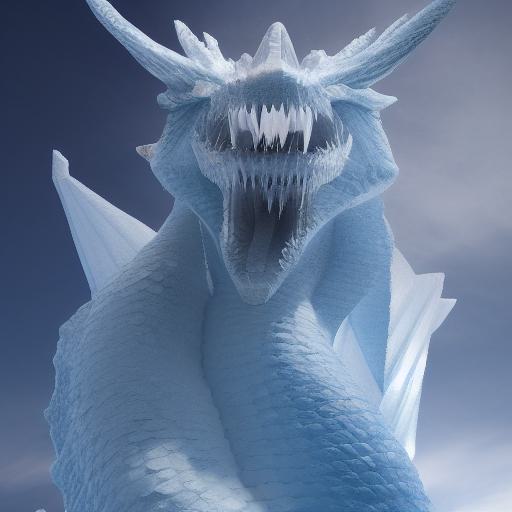About ice sculpture art
Ice sculpture art is a form of sculpture that involves creating three-dimensional artworks using ice as the primary medium. The art form requires a high level of skill and expertise, as ice is a notoriously difficult material to work with due to its fragile nature and sensitivity to temperature changes.
Ice sculptures can be created in a variety of sizes and styles, from small tabletop pieces to large-scale installations. They are often used as centerpieces at events such as weddings, corporate functions, and holiday parties, where their unique beauty and ephemeral nature can add a touch of elegance and sophistication to the occasion.
How to create ice sculpture?
To create an ice sculpture, a block of ice is typically carved using a variety of tools, such as chainsaws, chisels, and drills. The sculptor may use stencils or sketches as a guide, or may work freehand to create intricate designs and details.
One of the unique aspects of ice sculpture art is its temporal nature. As ice sculptures are made from a material that melts, they are inherently temporary and can only be enjoyed for a limited period of time. Some ice sculptures are designed to slowly melt over the course of an event, creating a dynamic and ever-changing visual experience for guests.
What are the benefits of AI generated art?
The use of artificial intelligence algorithms to create art results in AI-generated art. This form of art provides numerous advantages, such as the ability to produce images rapidly and effectively while also experimenting with various styles and techniques. Designers can leverage this technology to create personalized and unique designs that meet specific requirements. Moreover, AI-generated art can promote inclusivity by enabling artists from diverse backgrounds to create art that reflects their experiences and perspectives, resulting in increased creativity. To further streamline the process, designers can effortlessly integrate AI-generated art into their designs using tools like Visual Paradigm Online.
How can I write this prompt?
The prompt you provided specifies that the subject of the image is an ice sculpture of a dragon, which will influence the AI in its choice of shapes and textures to create an image that resembles an ice sculpture. The dragon is a popular subject in art, and the prompt further specifies that the dragon should be inspired by Gustav Dore, who was a famous artist known for his intricate and detailed illustrations. This reference to Gustav Dore will influence the style of the dragon and provide the AI with some guidance on how to create an image that resembles his work.
The prompt also mentions that the image is trending on ZBrush Central, which is a popular online forum for digital artists. This detail suggests that the image should be of high quality and visually appealing to a broad audience. The AI will be encouraged to create an image that meets the standards of the ZBrush Central community.
Additionally, the prompt mentions that the sculpture is a new sculpture, which may influence the AI in its choice of design elements. The AI may create a unique and innovative design that is different from other dragon ice sculptures.
Finally, the prompt mentions that the sculpture is a frozen ice statue, which reinforces the idea that the AI should create an image that looks like a real ice sculpture. This detail will influence the AI in its choice of color palette, shapes, and textures to create an image that is cold, transparent, and fragile.
Overall, the different elements of the prompt work together to create a specific vision for the AI to follow. By providing details about the subject, style, trending status, and other elements of the image, the prompt writer is helping the AI to create an image that meets their expectations. This level of detail is important when generating high-quality AI images that are visually appealing, engaging, and fit the context for which they are intended.


